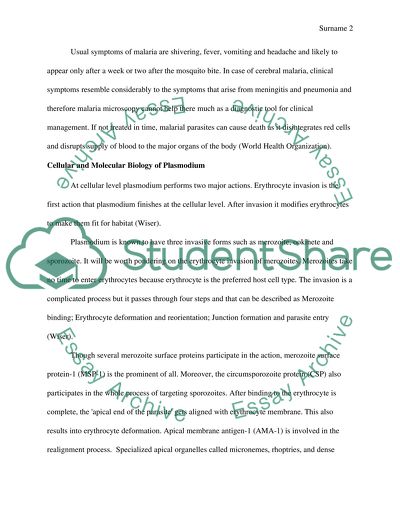Cite this document
(“Malaria Research Paper Example | Topics and Well Written Essays - 1500 words”, n.d.)
Malaria Research Paper Example | Topics and Well Written Essays - 1500 words. Retrieved from https://studentshare.org/biology/1463798-malaria
Malaria Research Paper Example | Topics and Well Written Essays - 1500 words. Retrieved from https://studentshare.org/biology/1463798-malaria
(Malaria Research Paper Example | Topics and Well Written Essays - 1500 Words)
Malaria Research Paper Example | Topics and Well Written Essays - 1500 Words. https://studentshare.org/biology/1463798-malaria.
Malaria Research Paper Example | Topics and Well Written Essays - 1500 Words. https://studentshare.org/biology/1463798-malaria.
“Malaria Research Paper Example | Topics and Well Written Essays - 1500 Words”, n.d. https://studentshare.org/biology/1463798-malaria.


